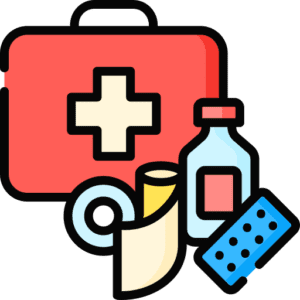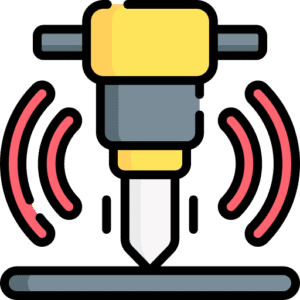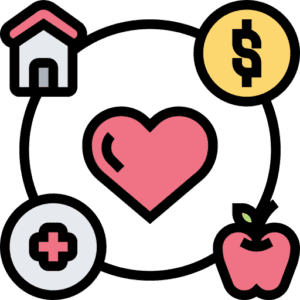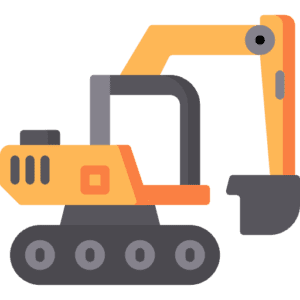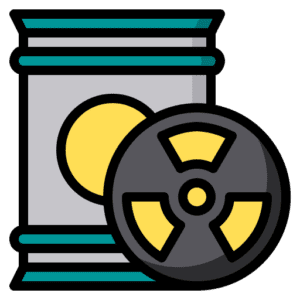CSCS Accident Reporting Test
Why is Accident Reporting Important?
Accurate and timely accident reporting is crucial for maintaining safety on construction sites. It helps prevent further incidents, ensures compliance with legal requirements, and provides essential data for risk assessments. Properly reporting accidents also safeguards workers’ rights and helps improve health and safety protocols on-site.
What Will You Learn in This Test?
The CSCS Accident Reporting Test is designed to assess your understanding of the procedures and protocols for reporting accidents at construction sites. By taking this test, you will learn:
The types of accidents that must be reported
The appropriate steps to take immediately after an accident
Who to inform and how to complete an accident report
The legal responsibilities for employers and workers
How to prevent accidents in the future through effective reporting
Key Topics Covered:
Types of Accidents: Understanding the various accidents that occur on-site, including injuries, near misses, and unsafe conditions.
Immediate Actions: What to do immediately after an accident, including first aid and emergency response.
Reporting Procedures: The correct steps for notifying supervisors, filling out reports, and following company protocols.
Legal Responsibilities: Employer and worker responsibilities according to health and safety legislation.
Preventive Measures: Identifying hazards and implementing safety measures to reduce the risk of accidents in the future.
Why Take This Test?
Stay compliant with construction safety regulations.
Protect workers’ health and safety by understanding the correct reporting protocols.
Enhance your knowledge of accident prevention and incident management on the job site.
Prepare for the CSCS Accident Reporting Test today and ensure you’re equipped to handle accidents effectively and responsibly on your construction site!





